-
Features
An Egyptian Temple Reborn
By removing centuries of soot, researchers have uncovered the stunning decoration of a sanctuary dedicated to the heavens
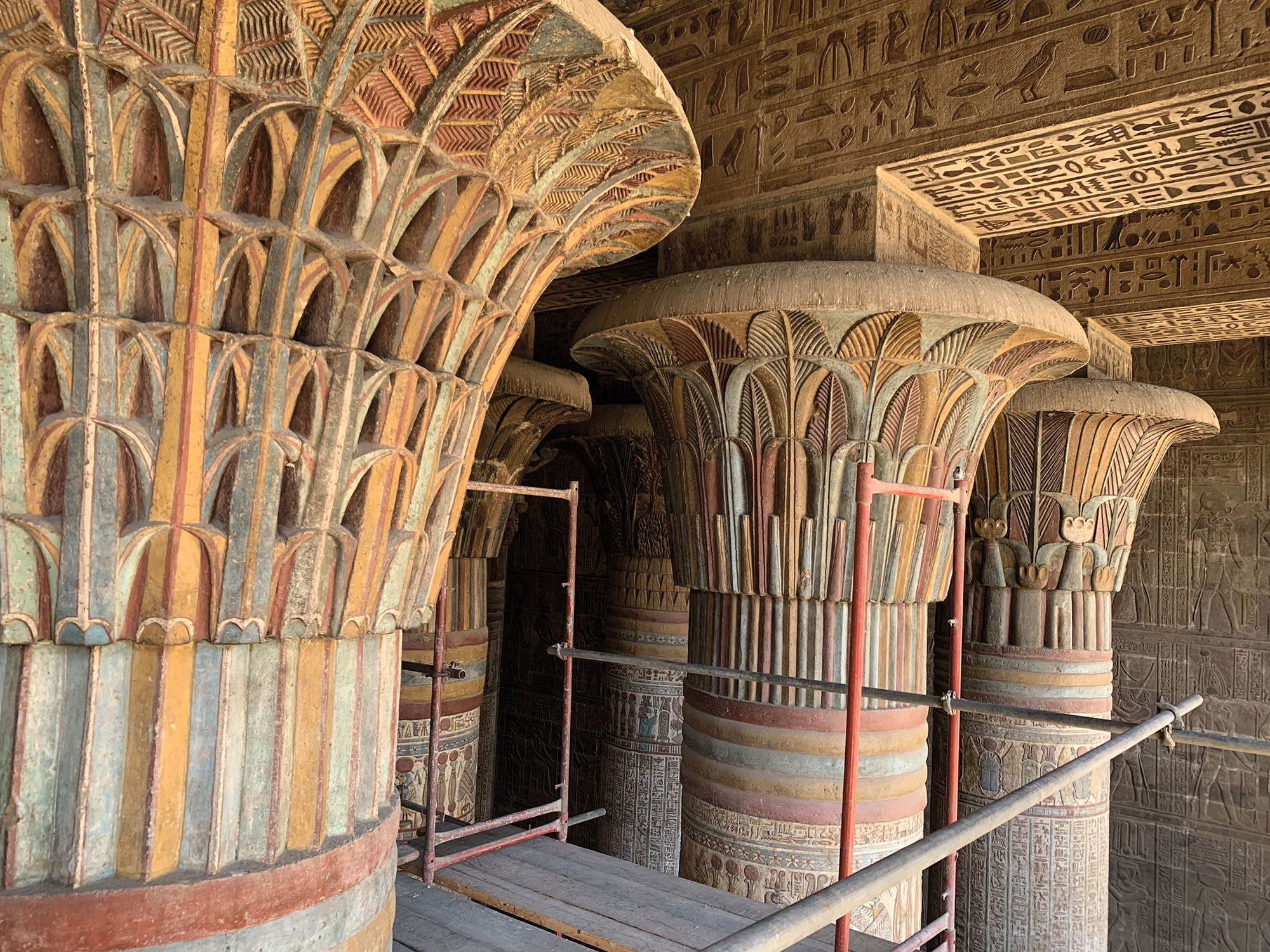 Ahmed Emam/© Egyptian Ministry of Tourism and Antiquities
Ahmed Emam/© Egyptian Ministry of Tourism and Antiquities -
Letter from the Levant
On the Origin of the Pork Taboo
Exploring ancient people’s shifting beliefs about rearing and eating pigs
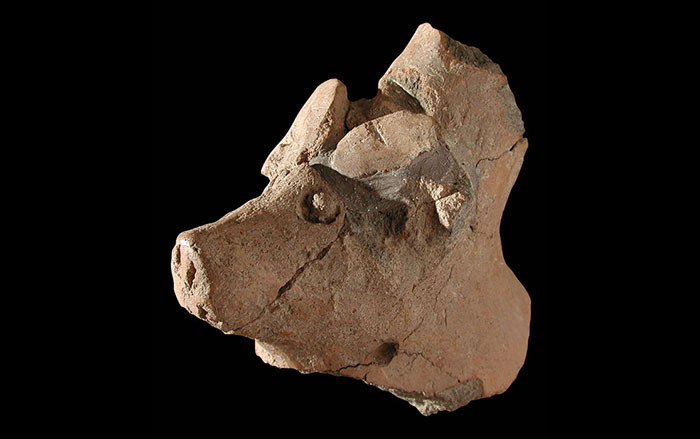 Courtesy Giorgio Buccellati
Courtesy Giorgio Buccellati -
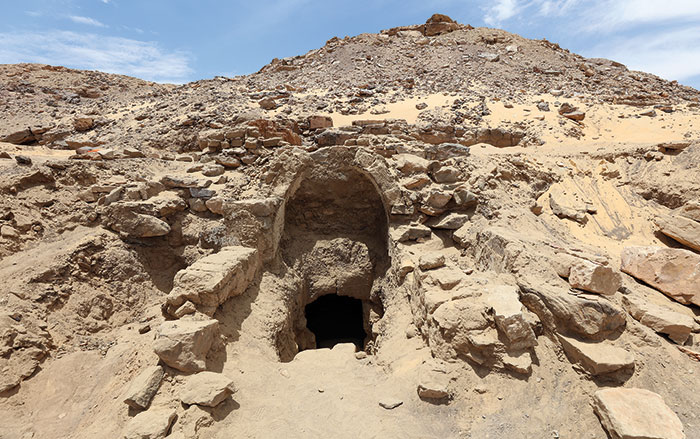 Courtesy the Egyptian Ministry of Tourism and Antiquities
Courtesy the Egyptian Ministry of Tourism and Antiquities -
Features
Dancing Days of the Maya
In the mountains of Guatemala, murals depict elaborate performances combining Catholic and Indigenous traditions
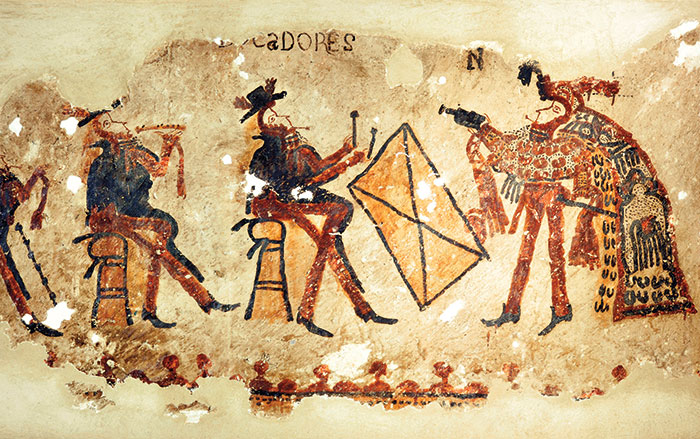 Photograph by R. Słaboński
Photograph by R. Słaboński
Trending Articles
-
Letter from the Levant March/April 2025
On the Origin of the Pork Taboo
Exploring ancient people’s shifting beliefs about rearing and eating pigs
 Courtesy Giorgio Buccellati
Courtesy Giorgio Buccellati -
Digs & Discoveries March/April 2025
Pompeii Friend Group
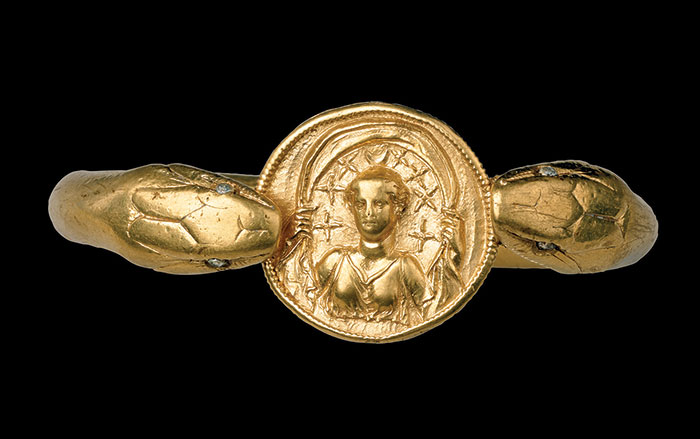 Araldo de Luca
Araldo de Luca
-
Features May/June 2023
Peru's Great Urban Experiment
A millennium ago, the Chimú built a new way of life in the vast city of Chan Chan
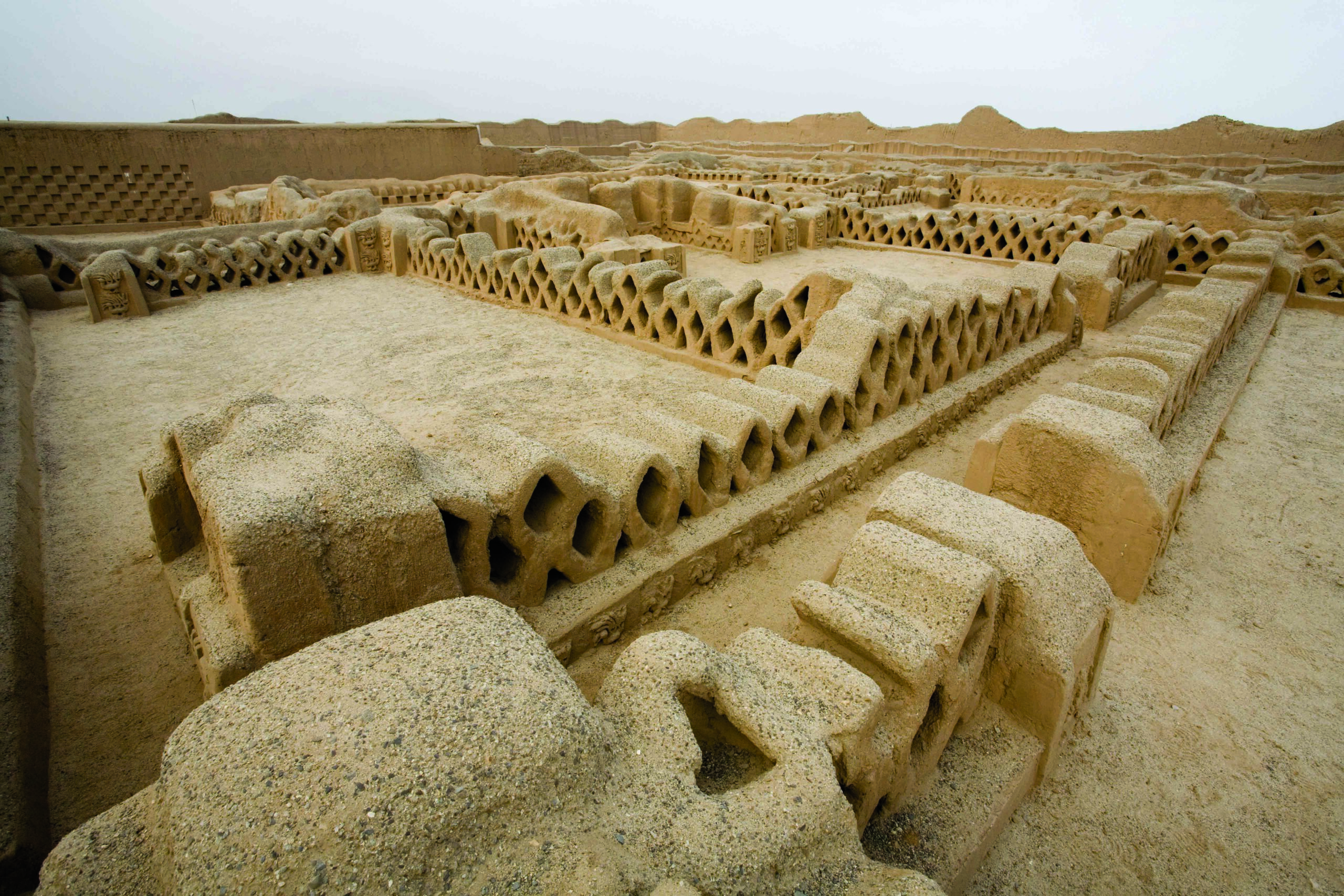 (Alamy)
(Alamy)
-
Features May/June 2016
The World's Oldest Writing
Used by scribes for more than three millennia, cuneiform writing opens a dramatic window onto ancient Mesopotamian life
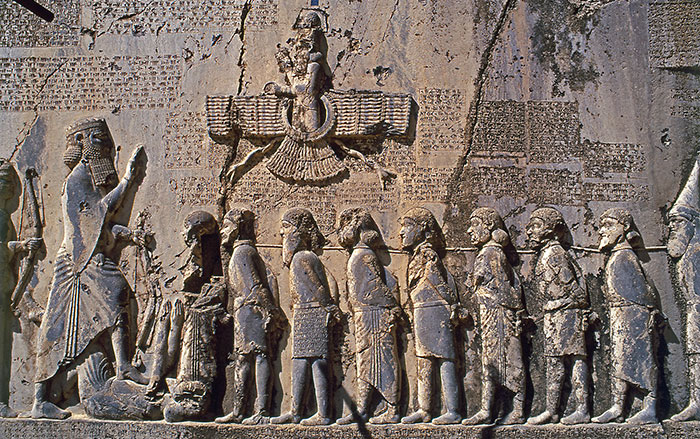 (Babek Tafresi/Gettyimages)
(Babek Tafresi/Gettyimages) -
Features July/August 2022
Journeys of the Pyramid Builders
The story of the highly skilled workers who helped build Egypt’s Great Pyramid is emerging from a papyrus cache unearthed at the world’s oldest harbor
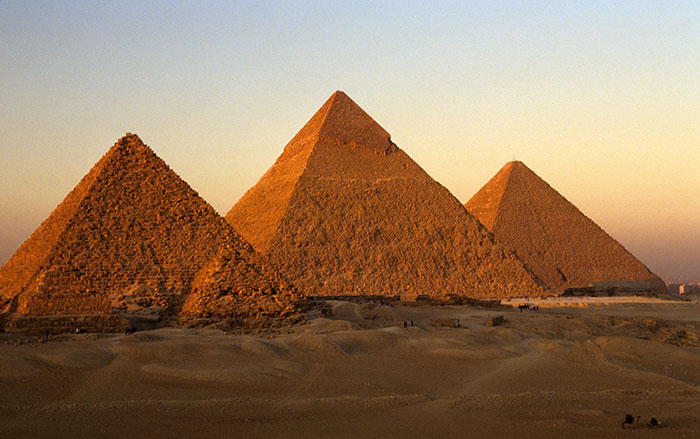 (Kenneth Garrett)
(Kenneth Garrett) -
Features September/October 2019
World of the Griffin Warrior
A single grave and its extraordinary contents are changing the way archaeologists view two great ancient Greek cultures
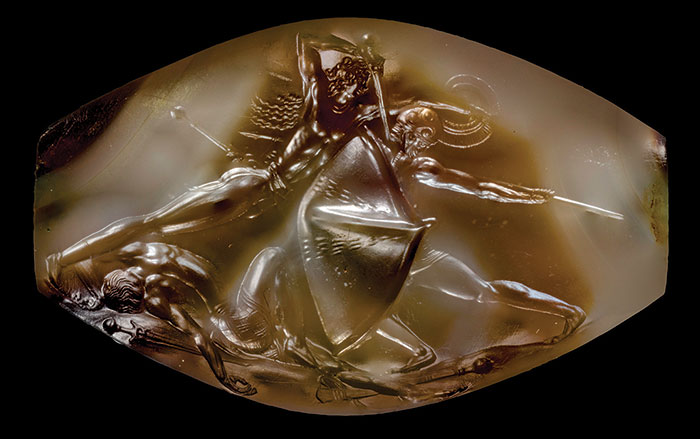 (griffinwarrior.org, Jeff Vanderpool/ Courtesy of the Department of Classics, University of Cincinnati)
(griffinwarrior.org, Jeff Vanderpool/ Courtesy of the Department of Classics, University of Cincinnati) -
Letter from Germany September/October 2022
Berlin's Medieval Origins
In the midst of modern construction, archaeologists search for evidence of the city’s earliest days
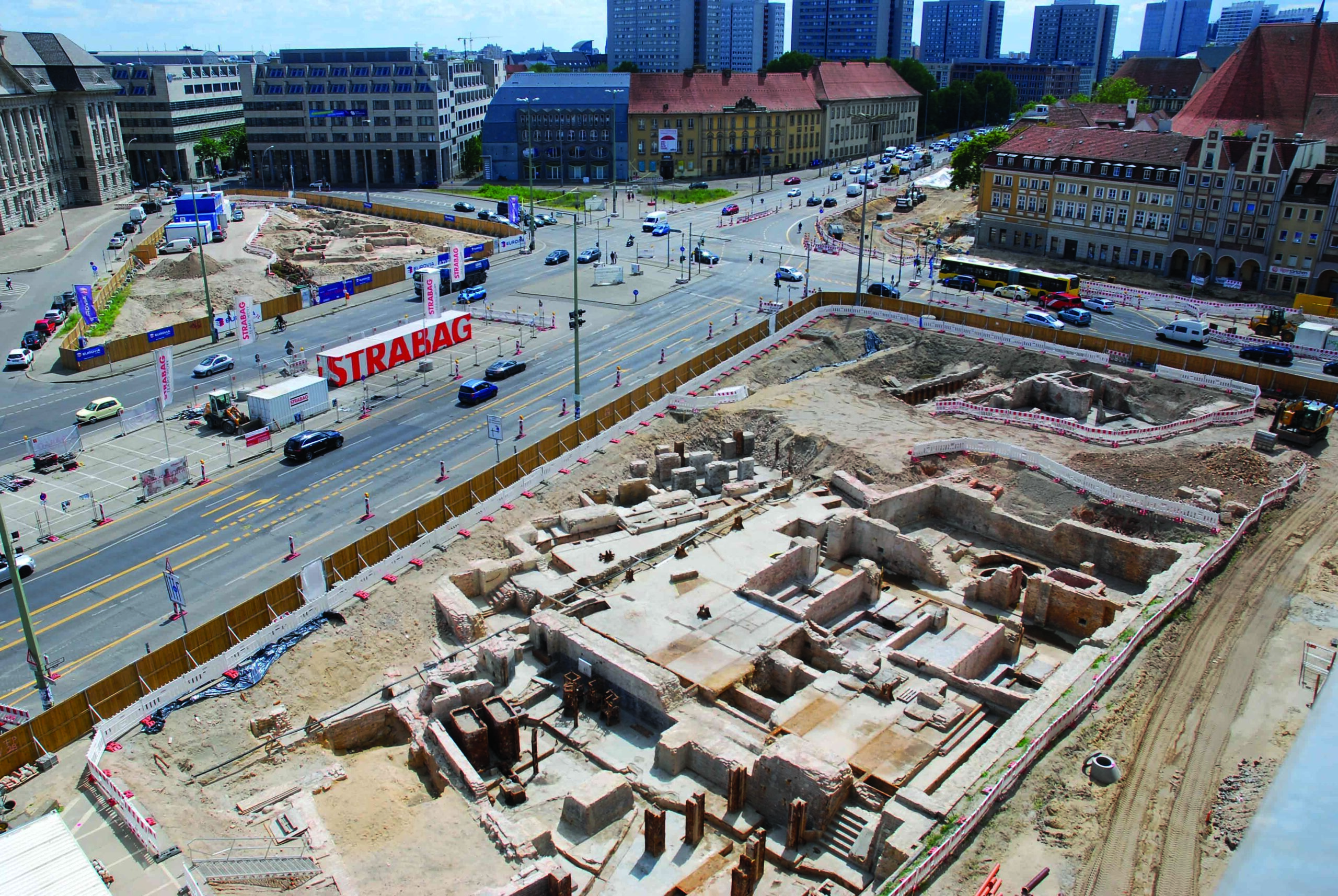 (Courtesy Landesdenkmalamt Berlin/Michael Malliaris)
(Courtesy Landesdenkmalamt Berlin/Michael Malliaris)
Around the World
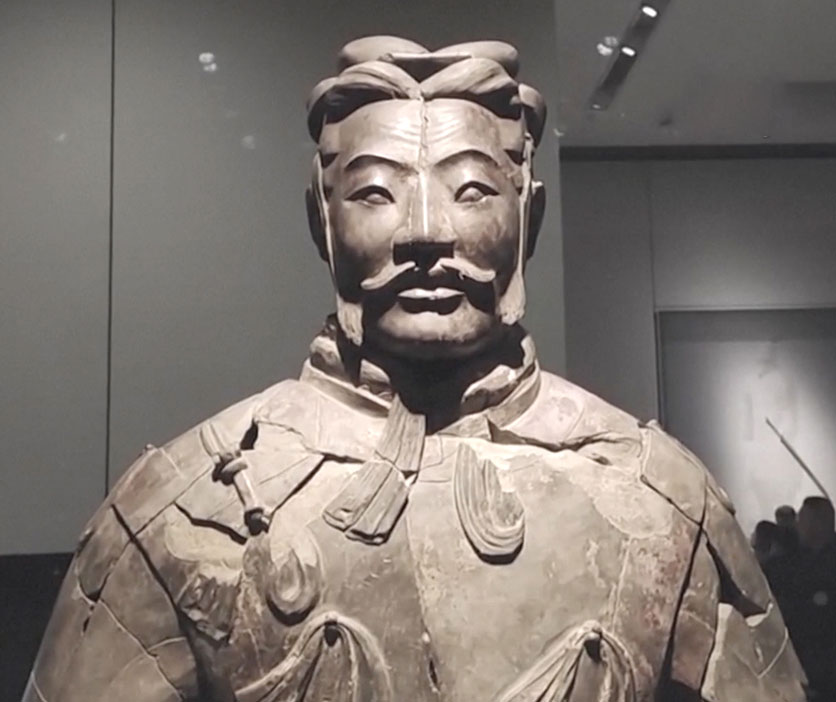
CHINA
A rare high-ranking member of the famed Terracotta Army was unearthed in the mausoleum of China’s first emperor, Qin Shihuangdi (reigned 221–210 b.c.). Qin’s tomb is protected by thousands of life-size clay soldiers—his army for the afterlife. The recently uncovered figure depicts a top military officer, one of only 10 such figures identified among the 2,000 statues that have been excavated, and the first of such rank to be uncovered in 30 years. The officer’s elevated status is recognizable based on his posture, unique headdress, and colorful scale armor.
Related Content
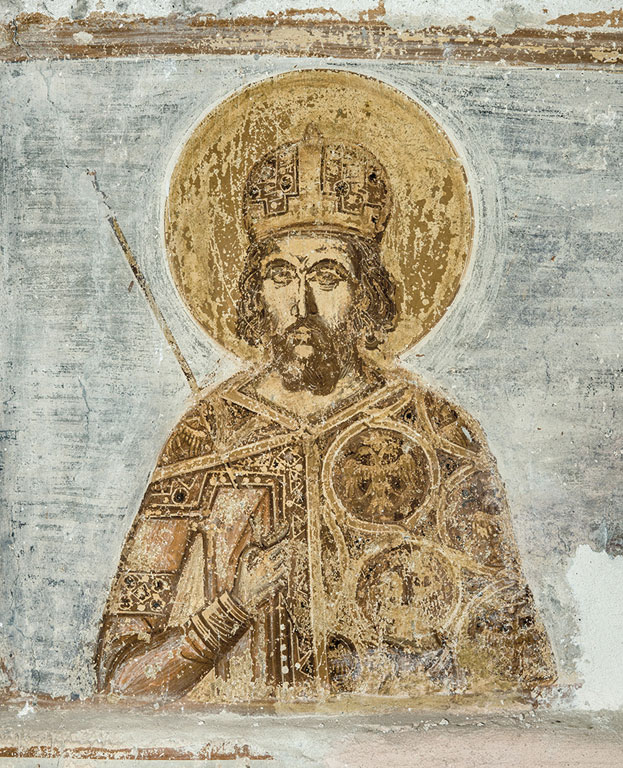
GREECE
During restoration of frescoes in the 15th-century Old Monastery of Taxiarches in Aigialeia, workers uncovered the only known portrait of the final Byzantine emperor, Constantine XI Palaiologos. The emperor wears a purple robe embellished with a double-headed eagle, the insignia of the imperial family. Scholars believe that Constantine personally sat for the artist shortly before he died in the 1453 battle in which Constantinople fell to the Ottomans, ending the Byzantine Empire.
Related Content
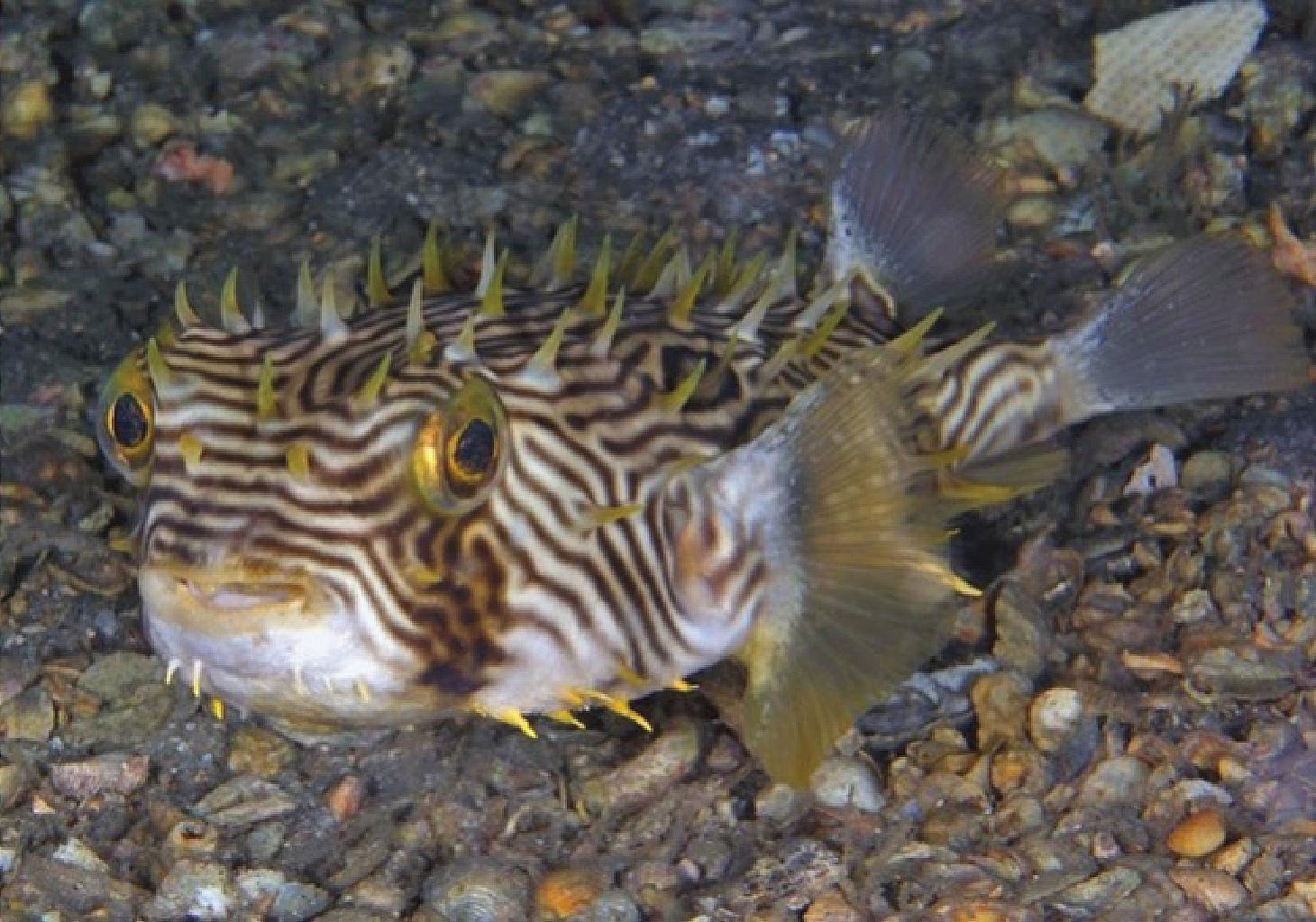
FLORIDA
Burrfishes are rarely eaten because they can be lethal to humans. Curiously, massive amounts of burrfish remains were found at Mound Key, capital of the Indigenous Calusa people prior to the arrival of Europeans in the 16th century. The Calusa were masters at manipulating their marine environment, but archaeologists don’t know why they harvested this deadly species. They speculate that the Calusa may have used burrfish toxins for medicinal or religious purposes or employed the spines as tattooing needles or spear tips.


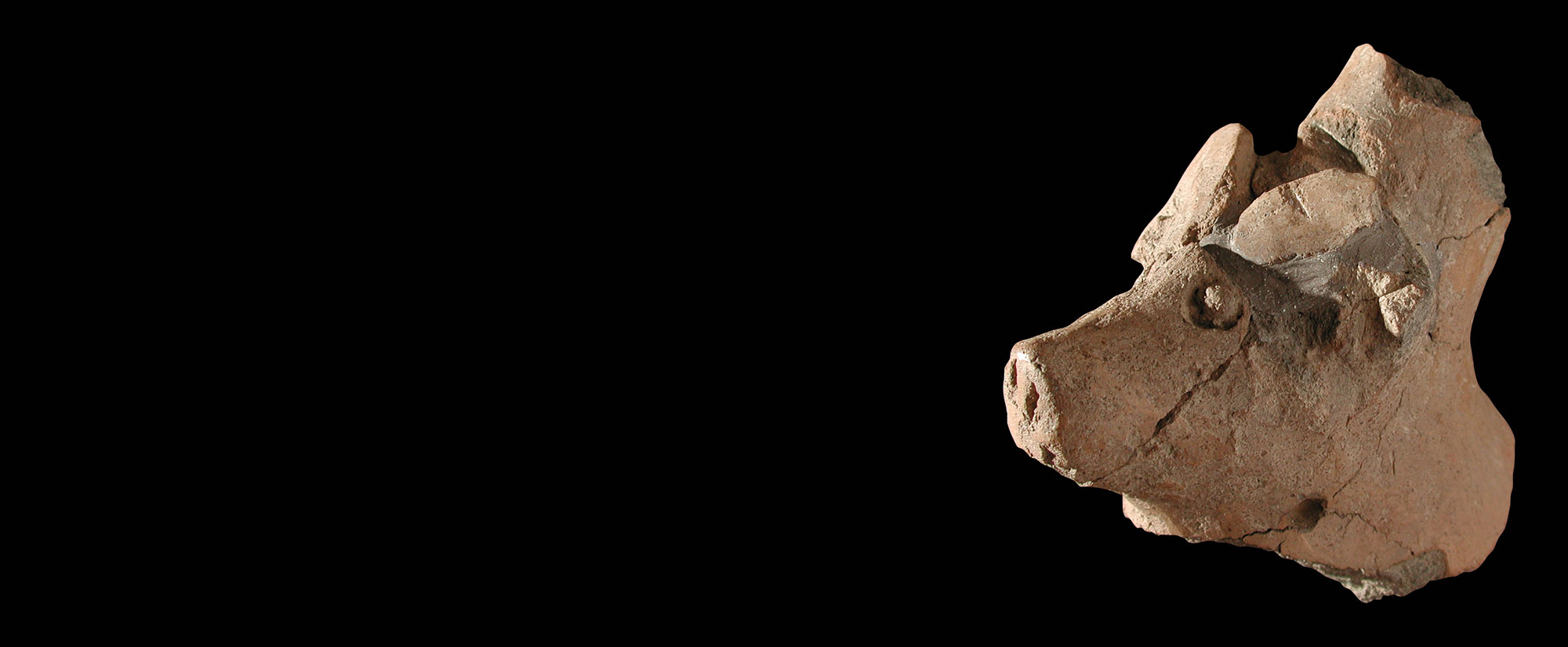

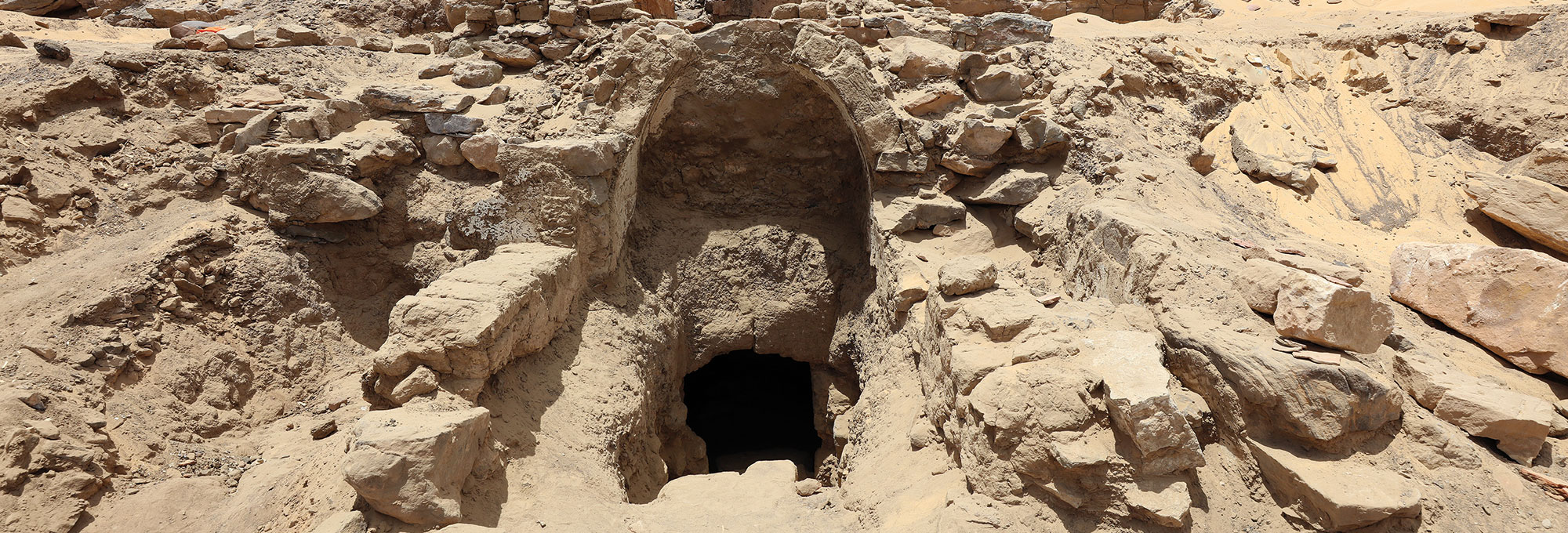
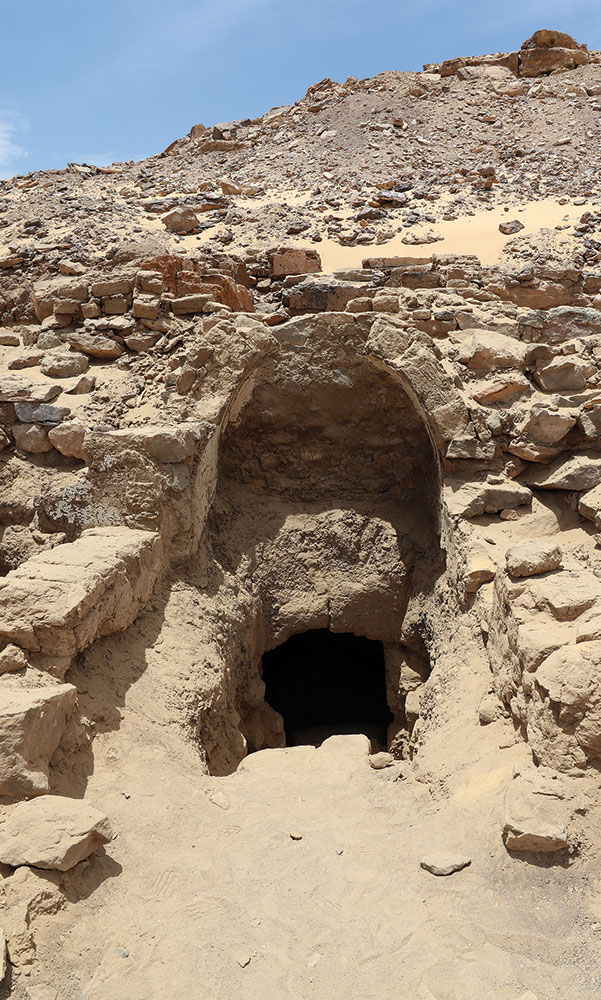
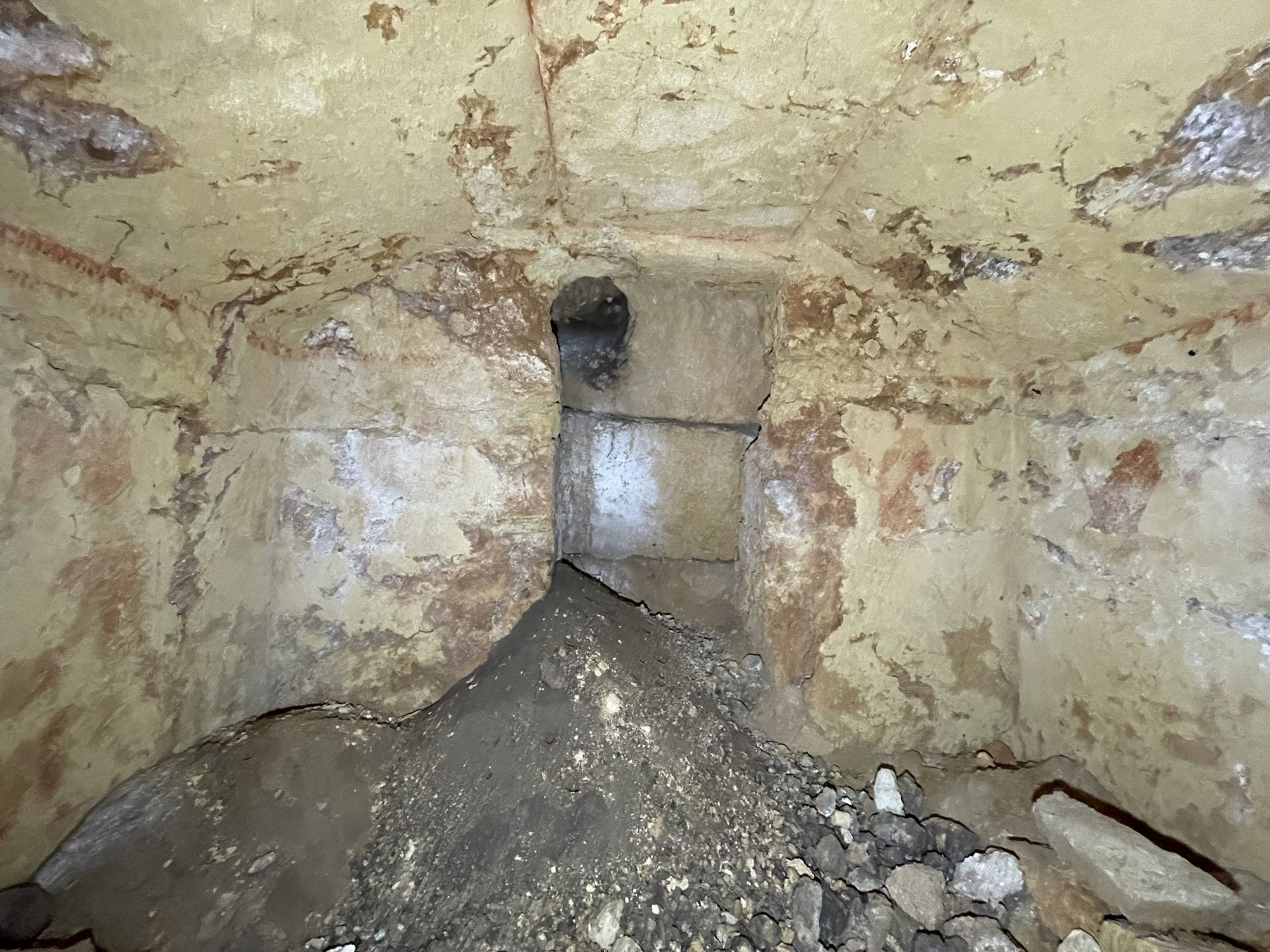
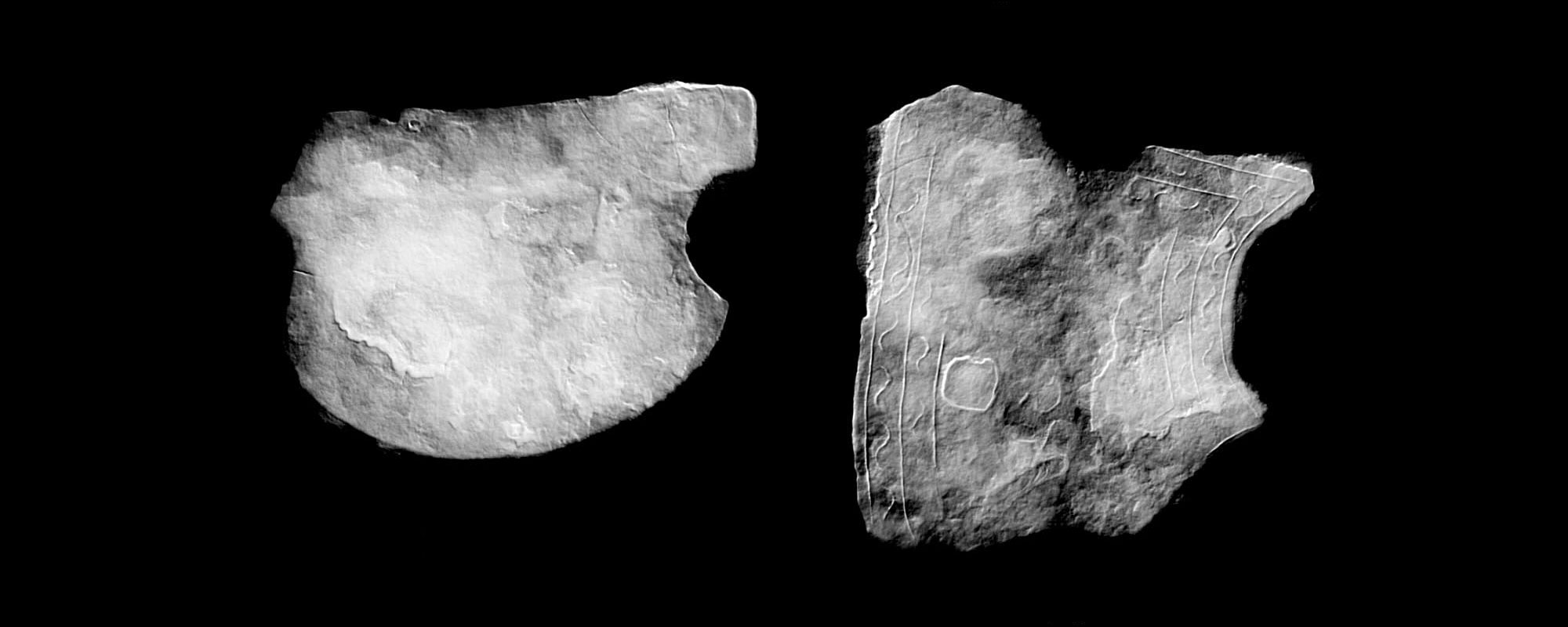
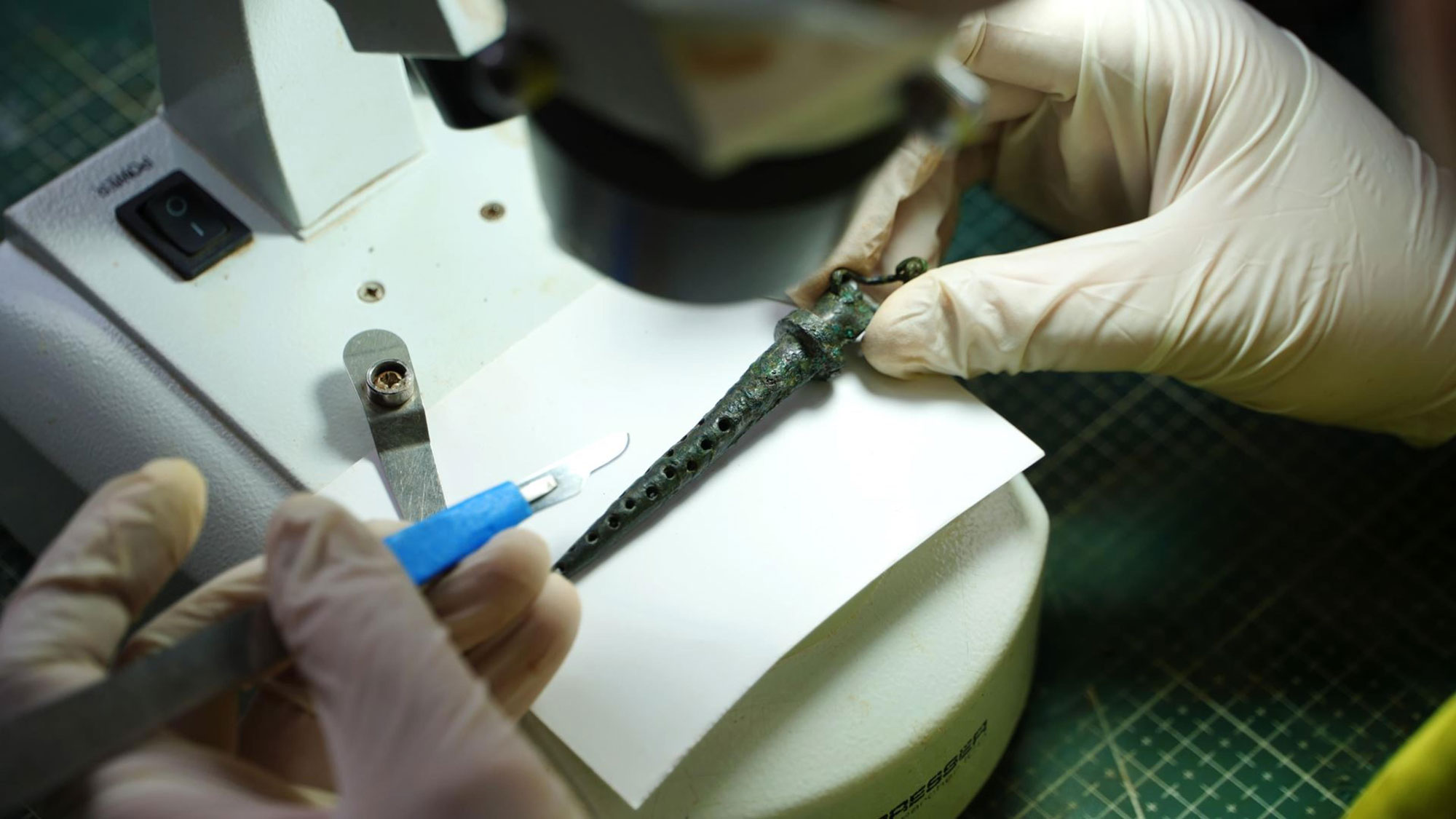
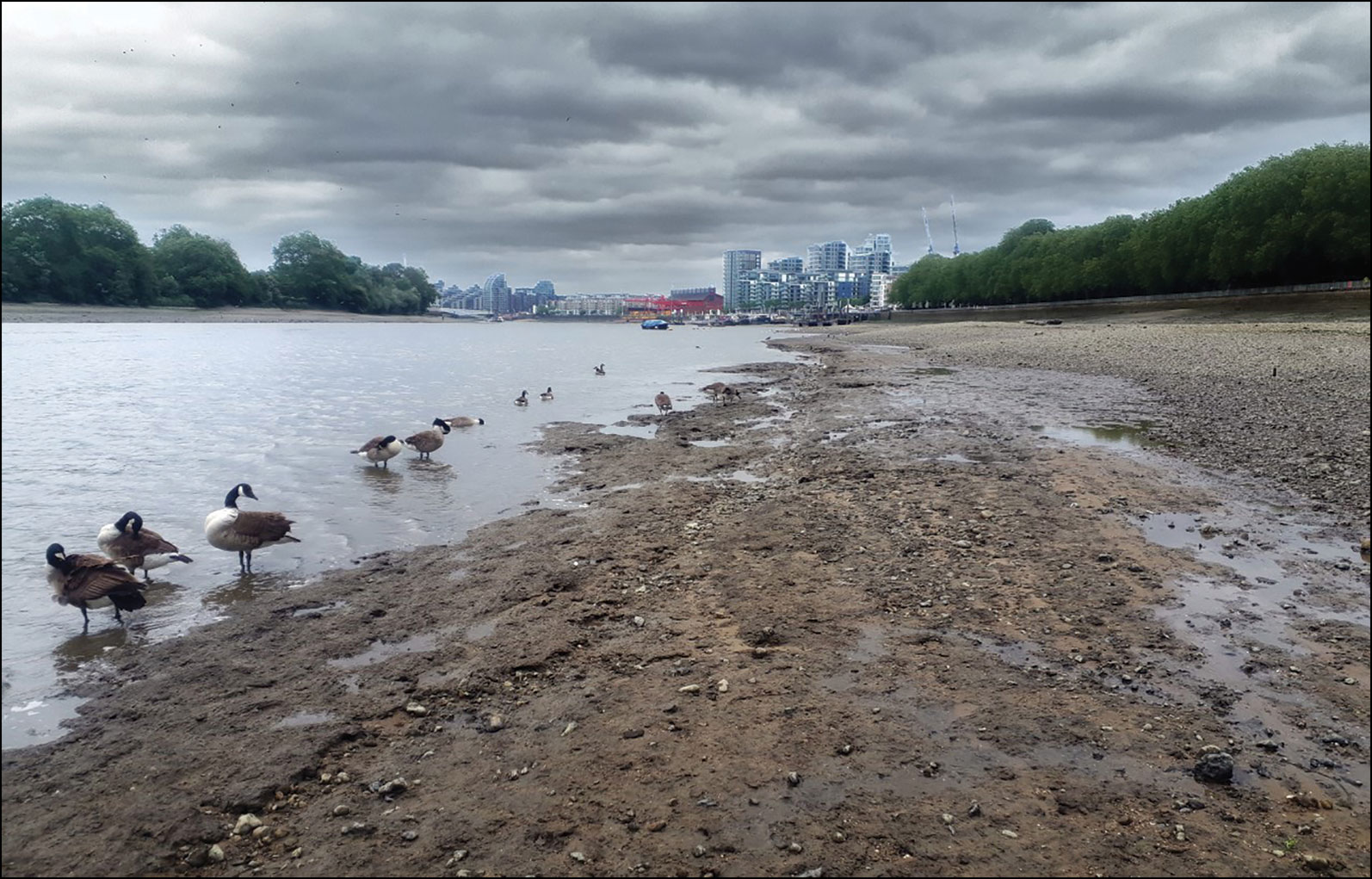
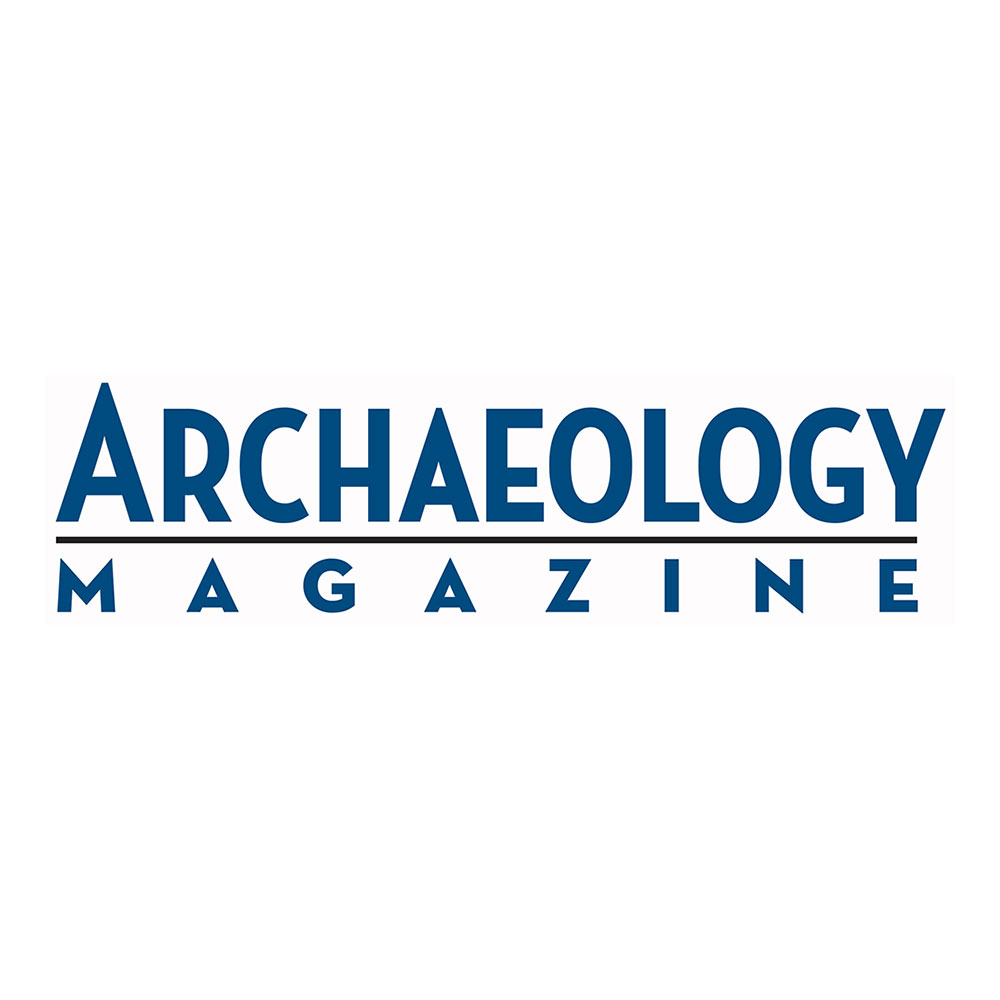

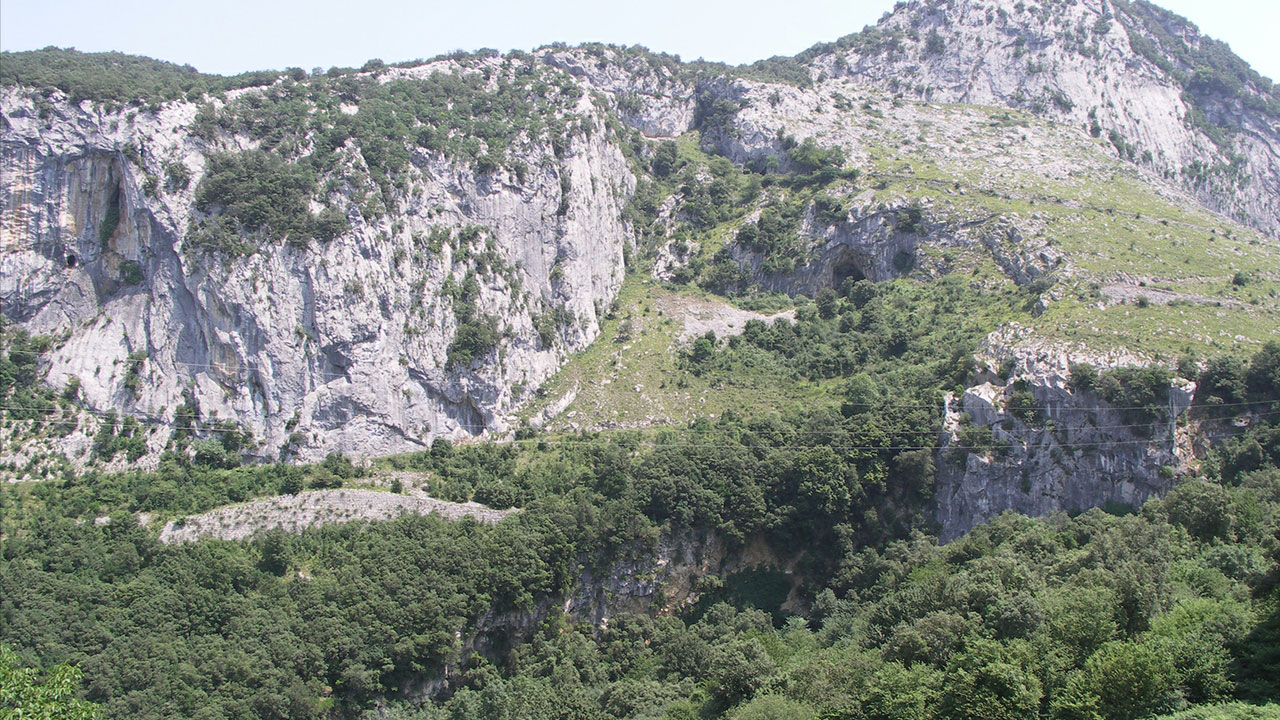
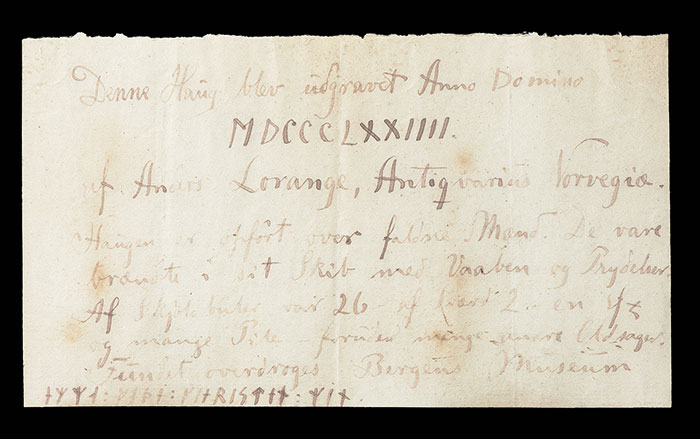
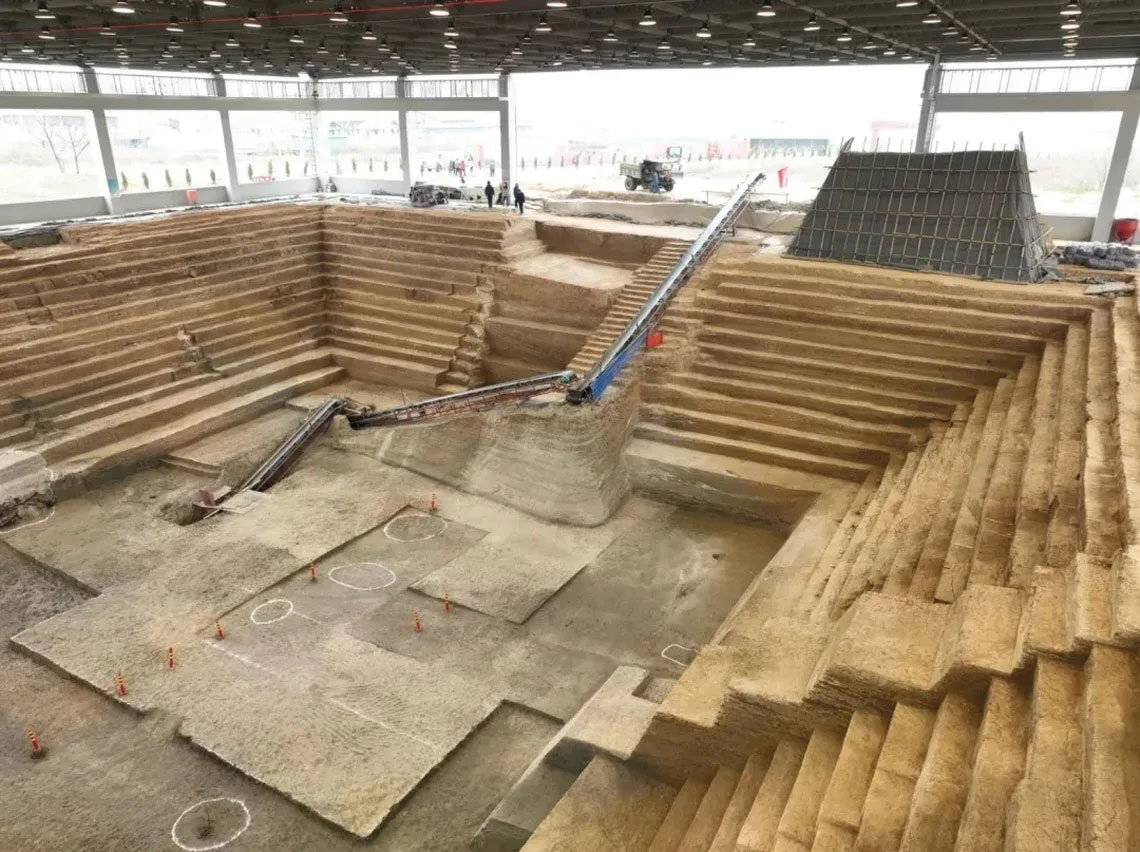
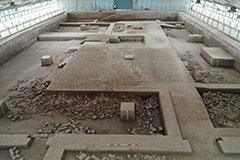
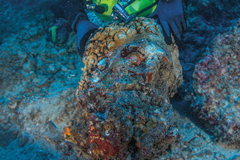
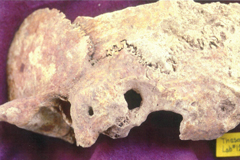
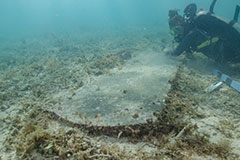
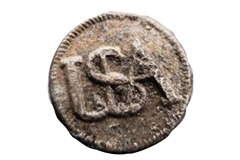
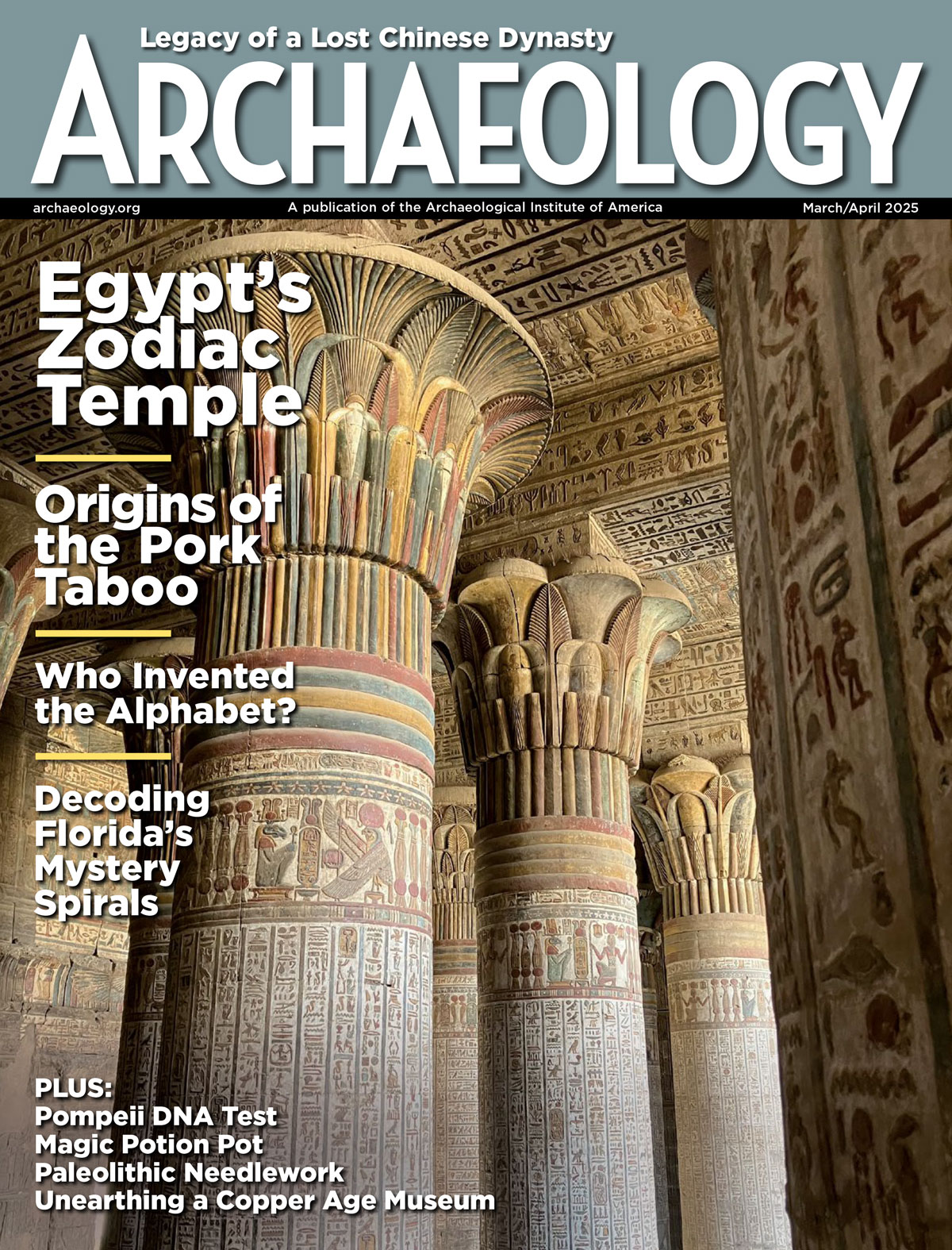
 B.C. and
B.C. and 
 B.C.), levels at the site of Umm el-Marra in what’s now the city of Dub, the capital of a Semitic-speaking kingdom in western Syria, researchers excavating a tomb dating to 2350
B.C.), levels at the site of Umm el-Marra in what’s now the city of Dub, the capital of a Semitic-speaking kingdom in western Syria, researchers excavating a tomb dating to 2350  B.C. Sarmatian burials, seven of which contained preserved human remains, as well as over 1,000 artifacts including weapons, ceramics, wooden bowls, and gold jewelry decorated with images of animals such as this leopard bracelet. #archaeology #kazakhstan #atyrau #karabau #karabau2 #mound #gold #jewelry #leopardbracelet
To read the article, go to the link in our bio.
archaeology.org/news/2025/02/10/2500-year-old-burials-expand-sarmatian-territory/
(Atyrau Provincial Administration)">
B.C. Sarmatian burials, seven of which contained preserved human remains, as well as over 1,000 artifacts including weapons, ceramics, wooden bowls, and gold jewelry decorated with images of animals such as this leopard bracelet. #archaeology #kazakhstan #atyrau #karabau #karabau2 #mound #gold #jewelry #leopardbracelet
To read the article, go to the link in our bio.
archaeology.org/news/2025/02/10/2500-year-old-burials-expand-sarmatian-territory/
(Atyrau Provincial Administration)">